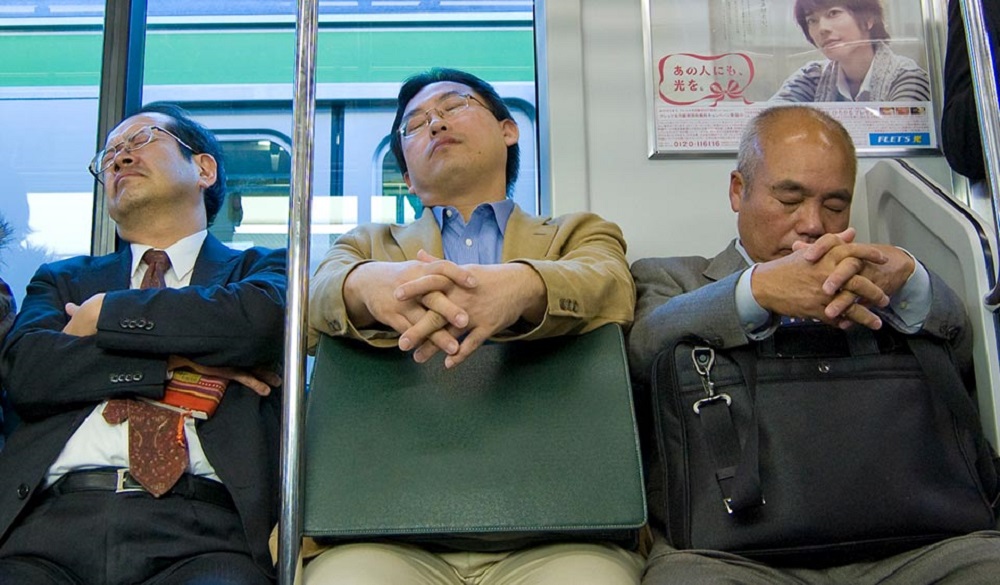I visited Japan in 2001 on a scientific mission; it was my first trip to this uniquely and truly exceptional country. My mission entailed visiting the Taku-Yuca Institute located in a small and very clean city—as all cities, villages, and suburbs in Japan are. The Institute specializes in the theoretical study of astrophysical research. The Institute was exactly as it looked in the pictures I saw before my travel; perfectly consistent in its colors everywhere I looked. It reflected the simplicity and distinctive architectural character of Japanese buildings and facilities, which cleverly convey Japan's blended ancient and modern characters.
Inside the Institute, I met my host who welcomed me with great hospitality and politeness. After going through my visit's program and the research I needed to conduct there, he accompanied me on a tour to get acquainted with the Institute's facilities. He gave me an ID card to access the library, and to use the photocopier, research room, and the super computer during my stay.
He also showed me how to get around the building and its floors, and introduced me to the secretariat. I was amazed by the accuracy and the discipline, but I was surprised when my host accompanied me to a very quiet, dimly lit place at the end of the building. We moved more quietly than usual and I saw closed cabins, each carrying a list of some researchers' names. At cabin no. 7, I found my name on the list; my host indicated that he would show me the place and explain what it was. Upon leaving this very cozy place, my host informed me that those were sleeping cabins to use during working hours!
I could not overcome my curiosity, having previously heard about the tradition of sleeping for an hour or two during working hours but not believing it. Now that I had seen it with my own eyes, I asked my host about it and he advised me to read a brief research on the topic. Upon returning to my place of residence I started reading the research right away. The most important points I read were:
- The Japanese practice of “inemuri” is often translated to “sleeping during work" although "sleeping while present" is more accurate as stated by the researcher Dr. Brigitte Steger; an eminent Lecturer of Japanese Studies at Downing College, Cambridge University, and the author of a book about this topic.
- Napping during work is common and accepted in the Japanese culture. In fact, it is often regarded as a sign of vigilance, diligence, and activity, because it indicates that you have worked hard until you became exhausted.
- This expression refers to how Japan handles working hours; the Japanese find in that concept an opportunity to handle several tasks simultaneously, albeit at a slower pace.
- Inemuri is common among senior employees in different careers; they often tend to stay awake throughout the day and be seen as energetic. However, those working on an assembly line, during guard shifts, or using machines at a factory, for example, cannot simply fall asleep.
- Inemuri has been practiced in Japan for one-thousand years, and it is not restricted to the workplace. People may nap in department stores, cafes, restaurants, or even a quiet spot on a crowded city pavement. Sleeping in public places is also prevalent on commuter trains, no matter how crowded they are; they often turn into de facto bedrooms. Luckily, Japan has a very low crime rate.

- Dr. Steger refers in the research to a statement by Dr. Theodore C. Bestor, Professor of Social Anthropology at Harvard University: "Sleeping in social situations can even enhance your reputation"; he recalls a group dinner at a restaurant, where a colleague of his fell asleep at the table. The other guests complimented his “gentlemanly behavior” as he chose to stay present and sleep, rather than not attending.
- One reason for public sleeping in Japan is because people get so little sleep at home. A 2015 Government study found that 39.5% of Japanese adults sleep less than six hours during nighttime.
- Dr. Steger explained that closing one's eyes does not always mean one is snoozing; a person may close his/her eyelids just to build a sphere of privacy in a society with little of it. That is part of why Dr. Steger said she could imagine Inemuri waning in Japan; these days, smartphones can transport people to their own private zones with their eyes wide open.
On the following day, I tried to nap in Cabin no. 7 during my rest time. Of course, I could not sleep as I felt I was committing a crime or encroaching with no right, even though it is perfectly legitimate in Japan to renew one's energy and activity during working hours, to accomplish more and more accurately.
*Published in SCIplanet Printed Magazine, Spring 2018 Issue